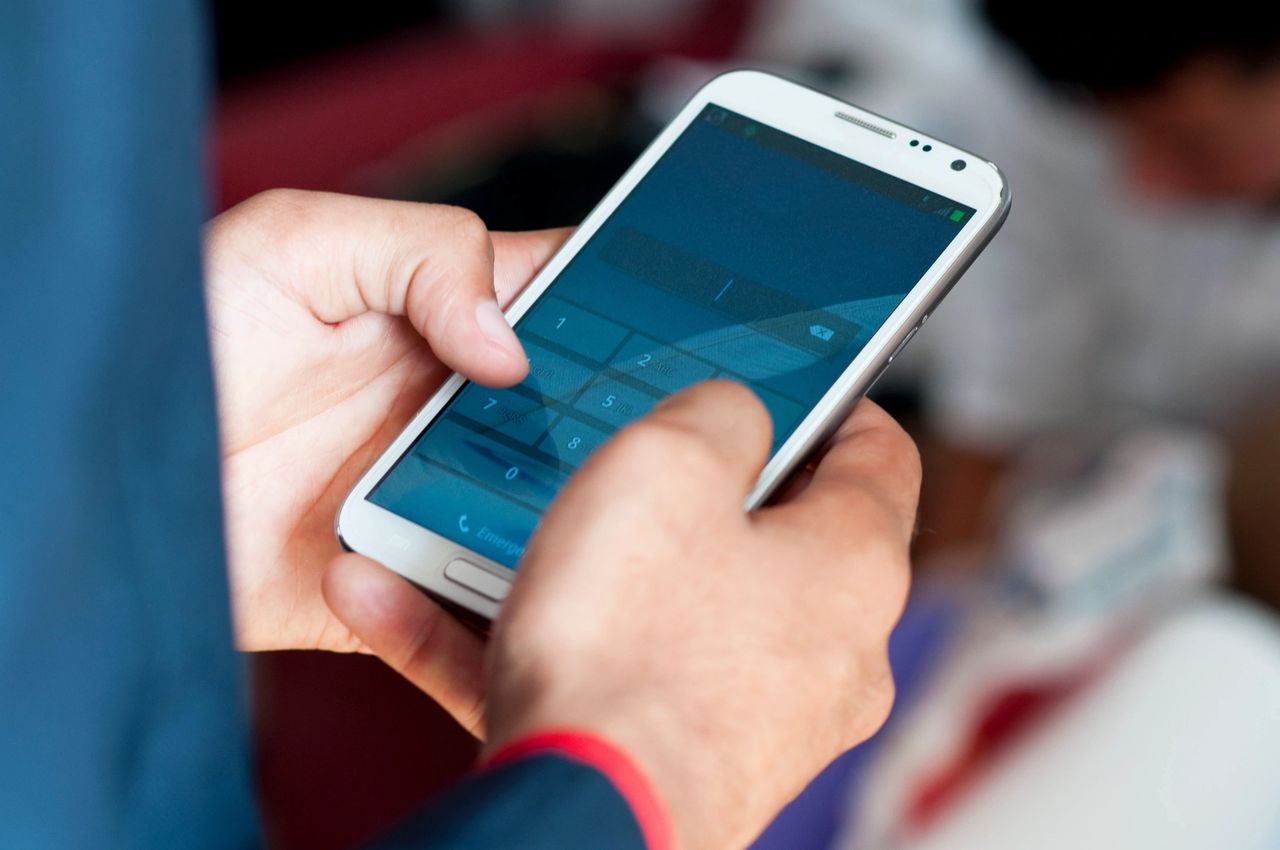Does product led growth require a free trial?
A free trial isn’t always necessary for PLG success. Grasshopper grew by focusing on frictionless acquisition, rapid time-to-value, and strong word-of-mouth referrals—without offering a free trial.
A free trial isn’t always necessary for PLG success. Grasshopper grew by focusing on frictionless acquisition, rapid time-to-value, and strong word-of-mouth referrals—without offering a free trial.

Product led growth (PLG) is a marketing and product strategy where the product does the heavy lifting in marketing, customer acquisition and retention. Zoom, Calendly, Slack and Notion are often used as real world examples of PLG, its benefits and how to successfully implement the strategy. In nearly every PLG example, the product is provided to users in a free trial, which allows them to onboard easily, get value quickly and convert to a paid subscription. But is a free trial really a necessary part of showing value quickly?
Run Your Business From Your Cell Phone....
In the early 2010s, I ran customer acquisition for Grasshopper, a telco-based SaaS firm that targeted small business owners. Our customer was typically a solo operator or an owner of a business with a small team. They used our product to place and receive business phone calls with a business number from their cell phones. We charged a monthly subscription fee and offered a 30-day money back guarantee on our sign page.
This was before the term PLG was coined, but everything that we did from a sales and marketing perspective was geared to attract and bring in customers frictionlessly and show value quickly – two key principles of PLG. We did not, however, offer a free trial.
We believed that many people in our target customer segment were not aware that a solution like ours existed. It was up to us to create this awareness and need. We did this through both online and offline demand generation activities and all our marketing activities drove prospects to our website where the call to action (CTA) was to sign up for a monthly, paid account. We sold exclusively online and did not use salespeople. We were neurotic about making sure that our prospects could find out about us, get to our website, sign up for an account and get their new business number working instantly without any assistance. This focus helped us filter out product extensions and markets that were outside of our core and enabled us to serve our chosen customers better than anyone else. But, as mentioned earlier, we did not use a free trial.
We tested a free trial a few times and never saw a significant lift in customer acquisition. This was consistent with other tests that showed us that customers cared most about getting a phone number that was meaningful to them and getting it working instantly. Paying a small monthly fee of $15-$35 on signup was not a significant barrier for our customers and did not affect our customer’s perception of their time to value.
The effectiveness of our non-trial-based funnel is best shown by the results of a national radio campaign that ran over a period of 4 months. In this campaign we ran 30 second ads on national radio networks. The ads had a simple message: ‘As a small business owner, you can run your business from your cell phone with Grasshopper.’
Customer Acquisition Results
As a result of this campaign, we drove a website visitor for every 2,500 audio impressions. Given that we paid a CPM of about $3, this was a cost of about $7.50 per website visitor. We converted this traffic to paid accounts at a rate of about 2% which led to a CPA of about $375. We had a customer lifetime value of about $1,200, so this gave us an LTV:CAC of about 3.2, which was within our acceptable range. This high-level economic result shows that we could effectively convey and demonstrate that value of our product through large mass media channels that fundamentally altered our company’s growth trajectory.
Even though we didn’t offer a free trial, and didn’t intentionally follow the PLG playbook, I believe that by employing two of the key principles of frictionless customer acquisition and driving to shorten our customer’s time to value, we benefited from some of the key concepts of PLG. Taking this approach was a key driver of our success.
The other benefit that we saw from following these principles was a very strong word of mouth referral engine. In this company, more than 25% of the new customers were driven by referrals. This is another key attribute of a PLG strategy. I’m not going to cover the details of how we drove these referrals as it warrants its own blog post.

Offline media can be a scalable customer acquisition channel for SaaS and e-Commerce, but success depends on LTV, testing, and economics.

SaaS companies must test diverse acquisition channels, track performance, optimize conversions, and adapt strategies to drive sustainable growth effectively.

An eCommerce company grew from $8M to $32M by optimizing SEO, PPC, paid social, and affiliates while testing new channels.